Razer Blade 14 review: a champion amongst compact gaming laptops
The Razer Blade 14 is pricey, but offers enough gaming goodness to justify its outlay

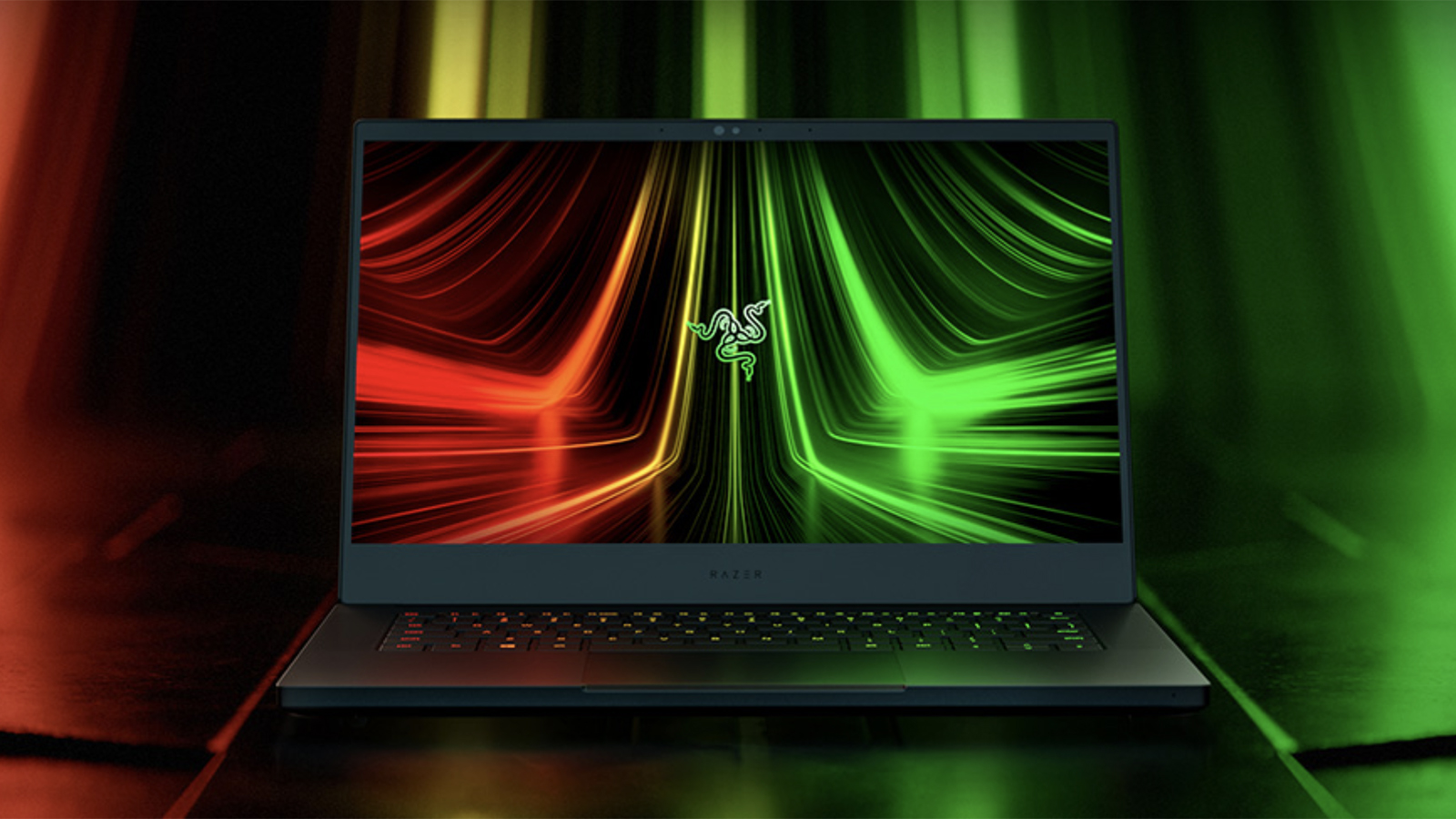
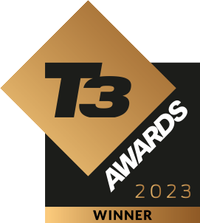
When it comes to compact gaming laptops that can handle the best games around and still be used on a coffee shop table, the field is a pretty narrow one – and the Razer Blade 14 might just be the best of the current crop, if you can handle its expensive price point.
-
+
Excellent performance
-
+
Stylish, compact design
-
+
Several configurations
-
-
It costs a lot
-
-
Gets pretty hot
-
-
Standard sound
Why you can trust T3

Razer laptops frequently feature in our best gaming laptop guide, and the Razer Blade 14 is one of the latest models off the production line – giving you a smaller and lighter alternative to the Razer Blade 15 or the Razer Blade 17, which are both also mighty impressive.
Here we'll take you through everything you need to know about the Razer Blade 14, from performance and specs, to battery life and connectivity options. By the time you've read our in-depth review, you should know whether or not it's the gaming laptop for you.
Of course you'll want to make a purchasing decision that's as informed as it possibly can be, and that's where our experts can help: we've got plenty of other guides for you to check out on the site, including the best gaming monitors if you want to expand that screen real-estate when at home.
Razer Blade 14: price and availability
The Razer Blade 14 is out now and available to buy in the UK and the US. You should be able to get some idea of the best prices currently online via the widgets embedded in this page, but at the time of writing the starting price for the laptop is around £2,200 or $2,000. In the UK, you can pick the laptop up from retailers including Amazon and Scan.
Razer Blade 14 review: design and display
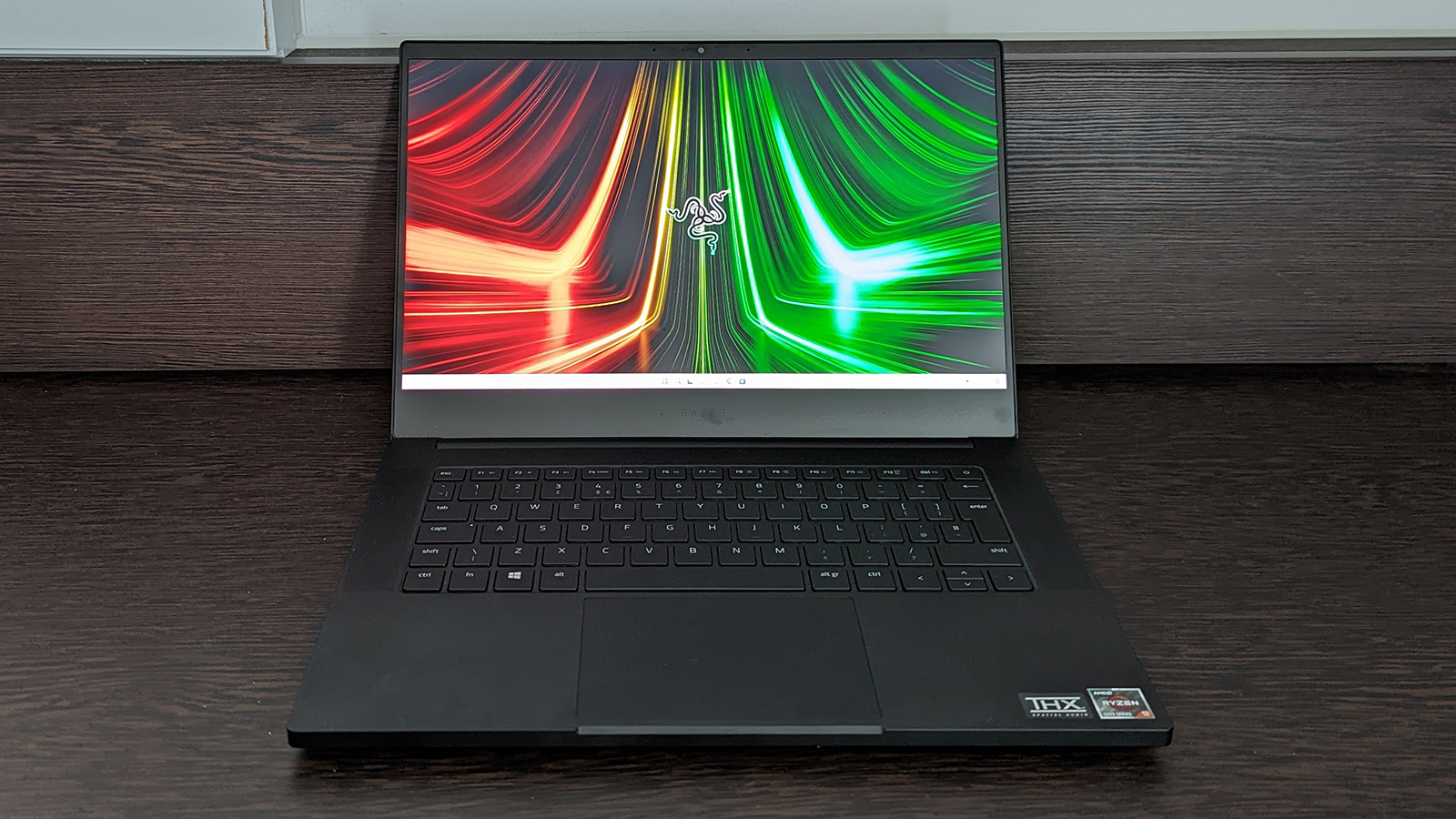
The Razer design aesthetic is now well established, and the Razer Blade 14 doesn't stray far from it: these laptops are stylish, angular black blocks of anodised aluminium (though it's worth pointing out that you can get this laptop in a rather eye-catching pink in the US as well). It's a design approach that works, and the Razer Blade 14 is no different from previous Razer laptops that we've tested in how well-built and premium it feels. In other words, you can tell this is a laptop worth thousands of pounds (or dollars) as soon as you start using it – it's that good.
When it comes to connectivity, the Razer Blade 14 offers two USB Type-A (3.2 Gen 2) ports, two USB Type-C (3.2 Gen 2) ports with DisplayPort output capabilities, one HDMI 2.1 port, and a 3.5mm headphone and microphone combo port. For a laptop this size that's a decent selection and should have you well covered when it comes to peripherals.
The dimensions of the laptop are a compact 319.7 x 220 x 16.8mm, and it tips the scales at 1.78kg – so it's just about light enough to carry in one hand, though not for an extended period of time. Razer has also found room for a Windows Hello-compatible 1080p webcam in the top bezel above the screen, which gives you a convenient option for logging in. When it comes to added design flair, it's really just the green Razer logo on the laptop lid, and the RGB lighting on the keys.
Get all the latest news, reviews, deals and buying guides on gorgeous tech, home and active products from the T3 experts
Moving on to the screen, the 14-inch, 2560 x 1440 pixel here runs at an impressive 165Hz and matches the rest of the package in terms of its quality. The bottom bezel is a little on the large size, but it's definitely something we can live with, and in use we found the display panel bright, crisp and smooth – it's definitely a major plus point. We should also mention that the laptop is available with a 1080p, 144Hz screen as well, if you prefer.
Razer Blade 14 review: performance and features
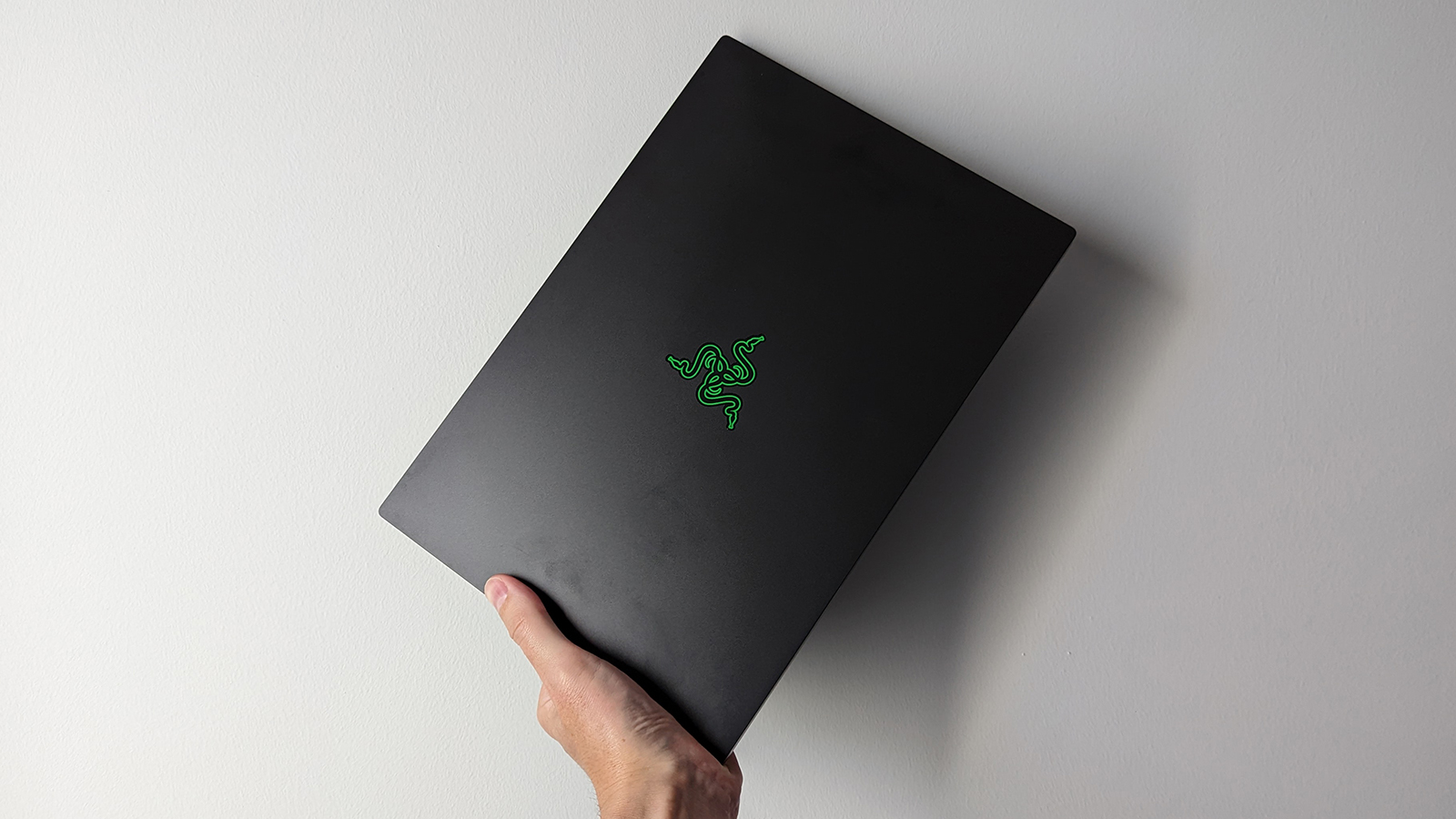
You can pick up the Razer Blade 14 in a small variety of configurations, but our review unit came with an AMD Ryzen 9 6900HX processor, 16GB of RAM, an Nvidia GeForce RTX 3070 Ti GPU, and 1TB of internal SSD storage. That's comfortably enough to be able to run the best games currently available, though not at the very best settings and the very highest frame rates together. Its 3DMark Time Spy score of 9,901 comes in at way above the average for a gaming laptop (5,730 being that figure), if a bit short of top-end desktop rigs.
According to 3DMark, that's enough to run Battlefield V at 1440p Ultra settings at more than 95 frames per second. In our own tests, we were consistently seeing frame rates of 50-60fps for the newer and more demanding Red Dead Redemption 2, and 90-100fps for the older and less demanding GTA V (with the graphics settings ramped up close to the max at 1440p resolutions in both cases).
That gives you plenty of scope when it comes to optimising performance as you need (by reducing graphics settings or resolutions, for example). If you need a laptop that can run the top games of 2022 at smooth frame rates, then the Razer Blade 14 certainly isn't going to let you down – there are better-equipped gaming laptops out there, but not many, and they're invariably going to cost you more money.
The laptop does tend to get rather noisy and rather hot under heavy load, but not so much that it's a major problem (unless you are actually using it on your lap). The familiar Razer Synapse software is on board, enabling you to pick your preferred balance between CPU and GPU speeds, battery life, and fan activity (you can also just let the laptop pick for you). The Synapse software handles the keyboard lighting customisations too.
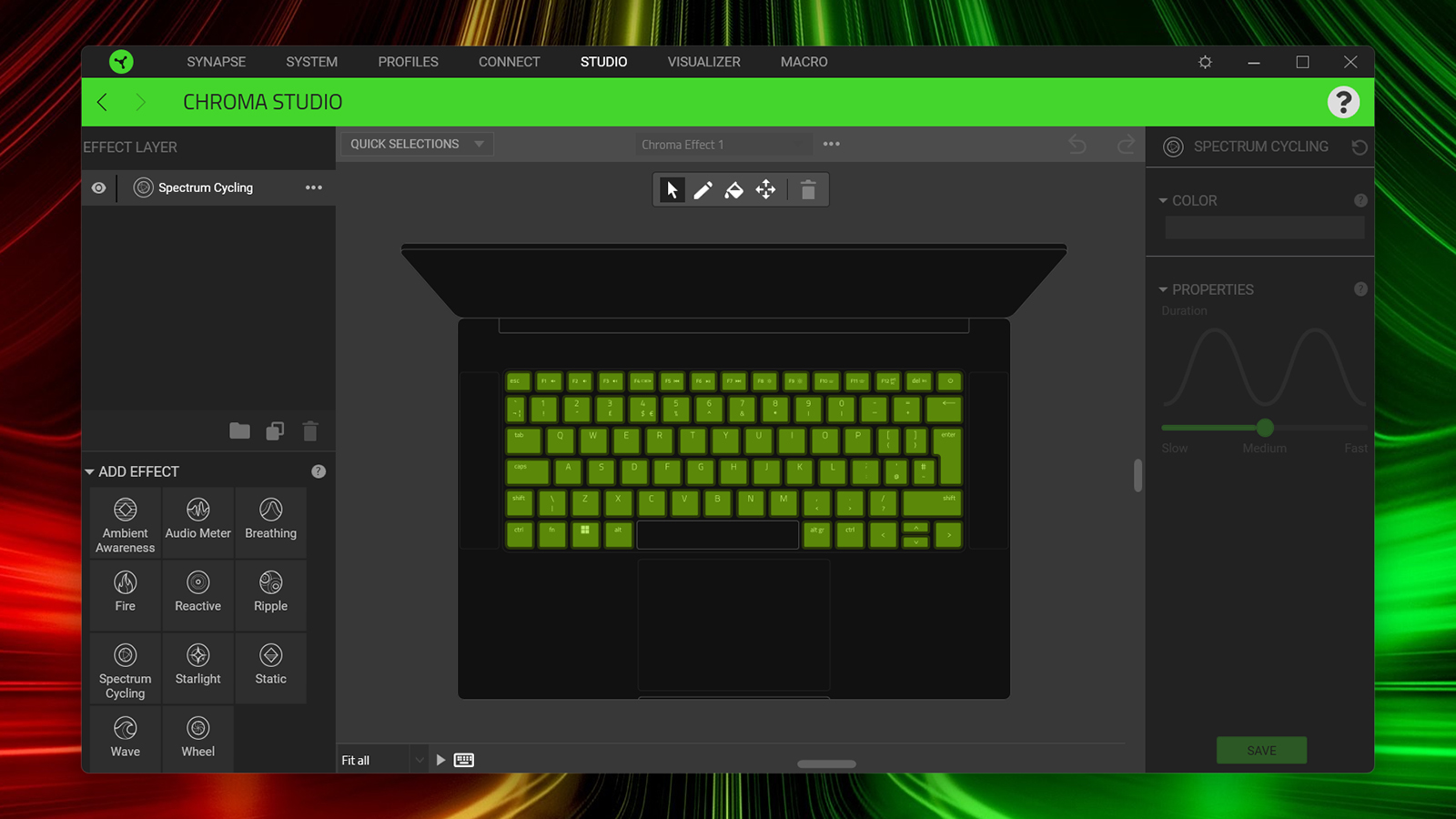
More creative types will be interested in the 100 percent DCI-P3 colour space on offer, and the power inside this laptop combined with the understated looks means that it can double up as an office or everyday laptop too. It's not the sort of gaming laptop that you can't take with you around hotels or airports, especially considering its compact size.
As per usual, the keyboard and the trackpad on this Razer laptop are excellent: responsive and with a premium feel that comes through with every tap and click. Due to the smaller size of this laptop, the keys are perhaps a little more squished together than we would like – and there's no number pad – but overall we had no major complaints, and would gladly type away on the Razer Blade 14 for hours (serious gamers will want to plug in a mouse or a gamepad of course).
The laptop is fitted with stereo speakers with THX Spatial Audio support, and while they're not the best we've ever come across in a laptop like this, they're certainly competent enough that you don't necessarily need a headset. You're not going to be disappointed for movie dialogue, for example, and it'll even do for filling a small room up with music as long as you're not too much of an audiophile.
In our one-hour video streaming test – with the display brightness set to the maximum and the volume set relatively low – the battery level dropped by 13 per cent, so you can expect around 7-8 of movie watching in total on a full charge. When gaming, the battery life drop every hour is more like 80-90 per cent, so you're not going to be able to spend a long time away from a power socket. For light computing, you should be okay spending a day out and about.
Razer Blade 14 review: verdict

It's difficult to go wrong with a Razer Blade laptop these days – like the Dell XPS series or the MacBook Pro lines, the consistency has been there year after year, so it's really just a question of what size screen and configuration you want. Unlike those models, however, the Razer Blade 14 is mostly concerned with gaming, so another question you need to ask yourself is what GPU you've got the budget to buy.
As one of the most compact models in the Razer Blade range, this laptop is obviously going to appeal to those who need something relatively lightweight as well as something that can handle the very latest games. It's clearly good enough to handle the top titles of the moment with room to spare.
The downsides – some heat and noise, its smaller keyboard and trackpad – are a consequence of choosing a smaller form-factor laptop, so if those sound like a bother then we'd suggest looking to the larger Razer Blade models instead (and, invariably, expanding your budget yet further).
But putting gaming performance in a small laptop is no mean feat, and Razer has pulled it off with aplomb here. Overall the Razer Blade 14 impresses in just about every category, and we're confident you're not going to be asking for your money back – even at this price point.
Also consider
If you're after a compact gaming laptop and you want to stick with the 14-inch display, then the Asus ROG Zephyrus G14 is absolutely worth a look: the model we reviewed came with a 4000–series AMD Ryzen 7 processor, an Nvidia Geforce RTX 2060 GPU and 16GB of RAM – those specs aren't as powerful as the ones in the Razer, but the Asus is cheaper as a result.
If it's the Razer styling and branding that you value most, then there are of course plenty of other options open to you. The Razer Blade 17 is bigger and bulkier than the 14, but does give you a larger screen to show off your games, and our unit came with an even better graphics card installed – the phenomenal Nvidia RTX 3080 Ti.
Dave has over 20 years' experience in the tech journalism industry, covering hardware and software across mobile, computing, smart home, home entertainment, wearables, gaming and the web – you can find his writing online, in print, and even in the occasional scientific paper, across major tech titles like T3, TechRadar, Gizmodo and Wired. Outside of work, he enjoys long walks in the countryside, skiing down mountains, watching football matches (as long as his team is winning) and keeping up with the latest movies.
